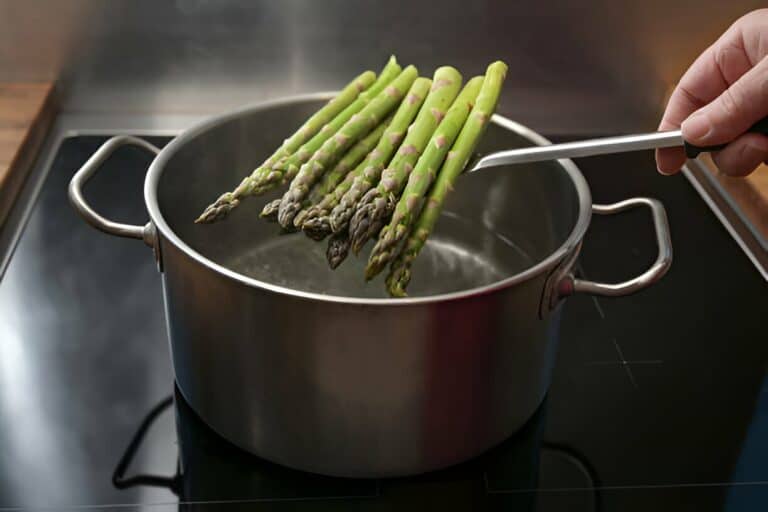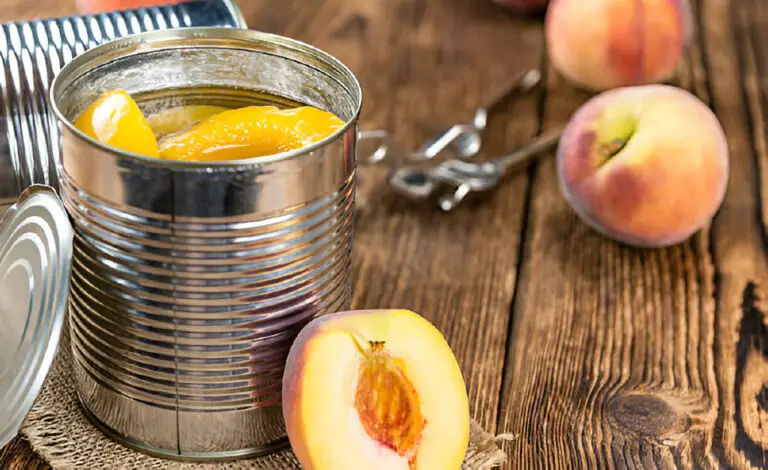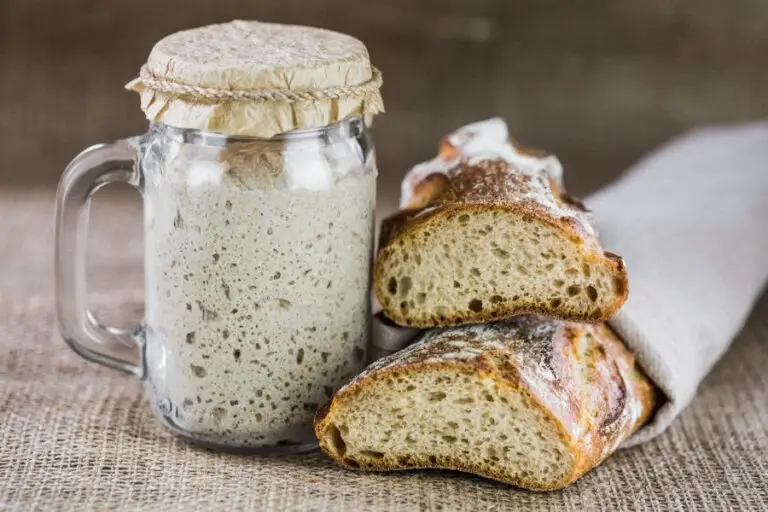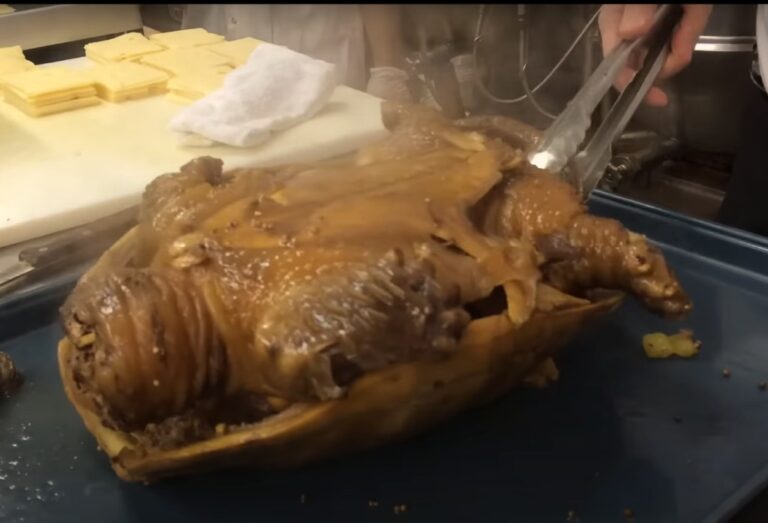Why Browning Mince Can Make a Difference in Slow Cooking
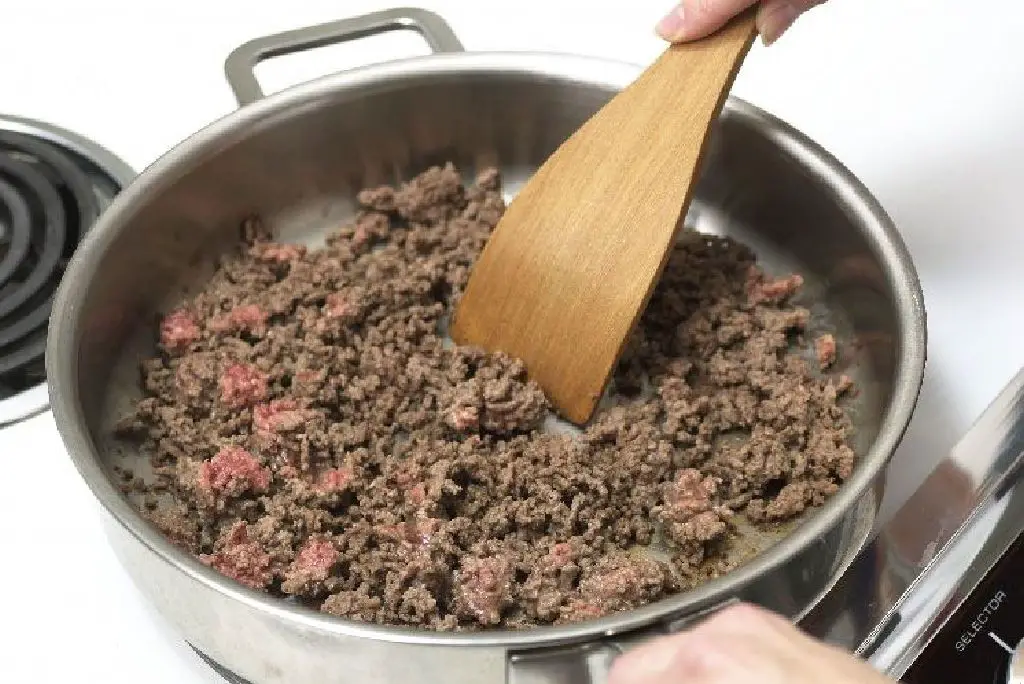
When it comes to slow cooking, the process often involves a blend of flavors and techniques to achieve the perfect dish. One step that can significantly impact the final result is the browning of mince (ground meat). While it might seem like an extra step, browning mince before adding it to your slow cooker can elevate your dish in ways you might not expect.
In this article, we’ll explore why browning mince is so crucial and how it can enhance your slow-cooked meals.
Understanding the Browning Process
Browning mince is more than just a preliminary step; it’s a fundamental part of developing deep, rich flavors. When you brown mince, you’re engaging in the Maillard reaction, a chemical process that occurs when proteins and sugars in the meat react to heat. This reaction creates complex flavors and a nice smell. They can greatly improve your dish’s taste.
The Maillard reaction is responsible for the savory, umami flavors found in browned meats. It’s what gives a well-cooked steak its delicious crust and adds depth to dishes like stews and sauces. Brown mince before adding it to your slow cooker. This ensures that the flavors develop fully. It leads to a richer and more satisfying meal.
Benefits of Browning Mince
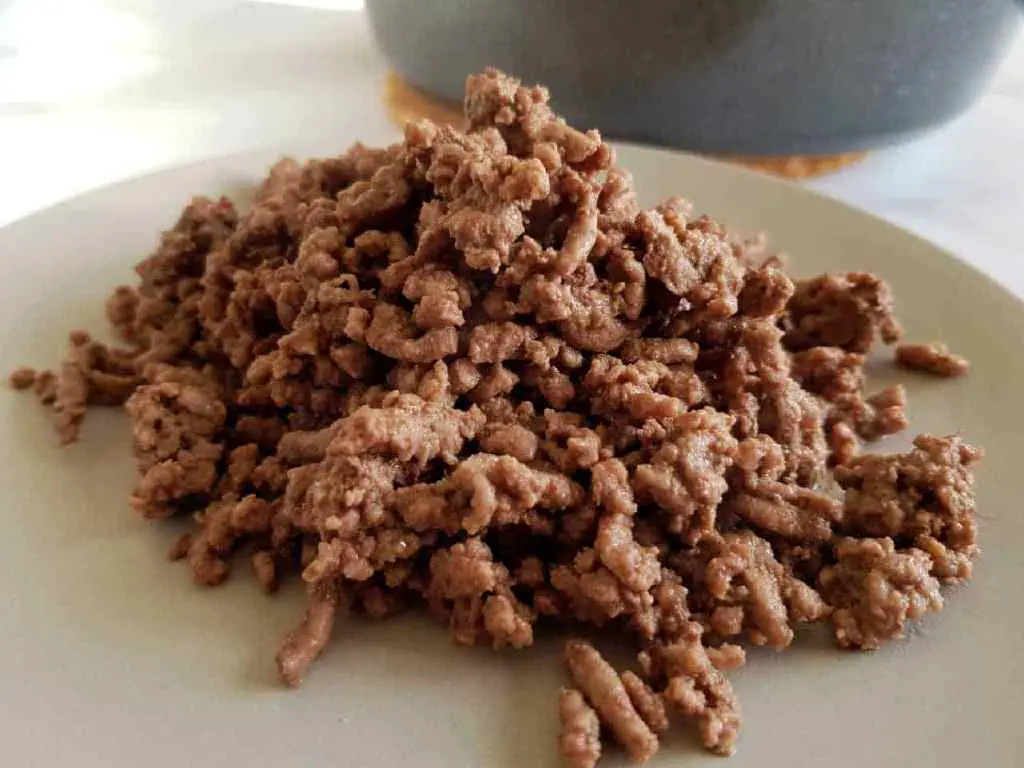
Browning mince before slow cooking offers several advantages:
- Enhanced Flavor: Browning creates a complex flavor profile that adds depth to your dish. The caramelization of natural sugars and the development of savory compounds result in a richer taste.
- Improved Texture: Browning can improve the texture of the mince. It gives it a more appealing and less mushy consistency after slow cooking.
- Reduced Grease: When you brown mince, you can drain excess fat before adding it to the slow cooker. This results in a leaner, less greasy final dish.
- Color and Appearance: Browned mince adds a visually appealing color to your dish, making it more appetizing.
How to Brown Mince Properly
To achieve the best results when browning mince, follow these steps:
- Preheat Your Pan: Heat a large skillet or frying pan over medium-high heat. Adding mince to a hot pan helps to sear the meat and develop flavor.
- Add Mince in Batches: To avoid overcrowding the pan, add mince in small batches. Overcrowding can cause the meat to steam rather than brown, which affects flavor and texture.
- Break Up the Meat: Use a spatula or wooden spoon to break the mince into smaller pieces as it cooks. This helps to ensure even browning and prevents large clumps of meat.
- Drain Excess Fat: Once the mince is browned, drain any excess fat from the pan before adding it to the slow cooker. This helps to keep your dish lean and prevents it from becoming greasy.
- Deglaze the pan: For more flavor, deglaze it with a bit of liquid (like broth or wine). Use it to scrape up any browned bits stuck to the pan’s bottom. These bits, known as fond, are packed with flavor and can be incorporated into your slow-cooked dish.
Table: Comparing Browned vs. Unbrowned Mince in Slow Cooking
| Aspect | Browned Mince | Unbrowned Mince |
| Flavor Development | Deep, rich flavor from Maillard reaction | Less complex, less savory |
| Texture | Improved texture, less mushy | Can be softer, potentially mushy |
| Grease Content | Reduced fat, leaner | May result in greasier final dish |
| Appearance | More appetizing, darker color | Paler, less appealing |
How Long Does Raw Mince Take in Slow Cooker?
Because of the possible presence of bacteria on the meat, raw mince usually takes longer to cook in a slow cooker. It is advised to cook raw mince in a slow cooker on high heat for two to three hours. Or, on low heat for four to six hours. Stop when a food thermometer reads 160°F (71°C) inside the mince.
Before eating, make sure the mince has been cooked all the way through to prevent any potential foodborne illnesses. To get the best results, brown the mince in a pan before putting it in the slow cooker. This will improve the dish’s flavor and texture.
Recipes to Try with Browned Mince
If you’re inspired to use browned mince in your slow cooker, here are a few recipes to get you started:
- Beef and Vegetable Stew: Brown minced beef before adding it to the slow cooker with vegetables, broth, and seasoning. The browning process enhances the stew’s rich, hearty flavor.
- Slow-Cooked Bolognese Sauce: Brown minced pork and beef before mixing with tomatoes, onions, and garlic. This classic sauce benefits greatly from the deep flavors of browned meat.
- Chili Con Carne: For a robust chili, brown the mince before adding it to beans, tomatoes, and spices. The result is a rich, satisfying chili with complex flavor.
Common Mistakes to Avoid when Browning Mince
When it comes to browning mince, several common mistakes can affect the flavor and texture of your dish. One frequent error is overcrowding the pan. Adding too much mince at once can lower the pan’s temperature, causing the meat to steam rather than brown. This results in a less flavorful, less appealing texture. To avoid this, cook the mince in batches, ensuring each piece has enough space to sear properly.
Another mistake is skipping the deglazing step. After browning the mince, the pan often contains browned bits of meat, known as fond. These bits are packed with flavor and can be incorporated into your dish by deglazing the pan with a splash of broth, wine, or water. Failing to deglaze means missing out on these rich flavors that can enhance the overall taste of your recipe.
Misjudging cooking times and temperatures is also a common issue. Browning mince requires medium-high heat to ensure a good sear and proper flavor development. Cooking at too low a temperature may result in insufficient browning, while cooking at too high a temperature can lead to burning. Keeping a close eye on the heat and adjusting as needed can help achieve the perfect balance, ensuring that your mince is browned to perfection.
Conclusion
Browning mince before slow cooking might seem like an extra step, but it’s a worthwhile one that can greatly enhance your dishes. It does this by developing rich flavors and improving texture. It also reduces grease. Browned mince can elevate the quality of your slow-cooked meals.
Whether you’re preparing a comforting stew, a flavorful sauce, or a hearty chili, taking the time to brown your mince can make all the difference. Give it a try and experience the depth and richness that browned mince can bring to your cooking.

